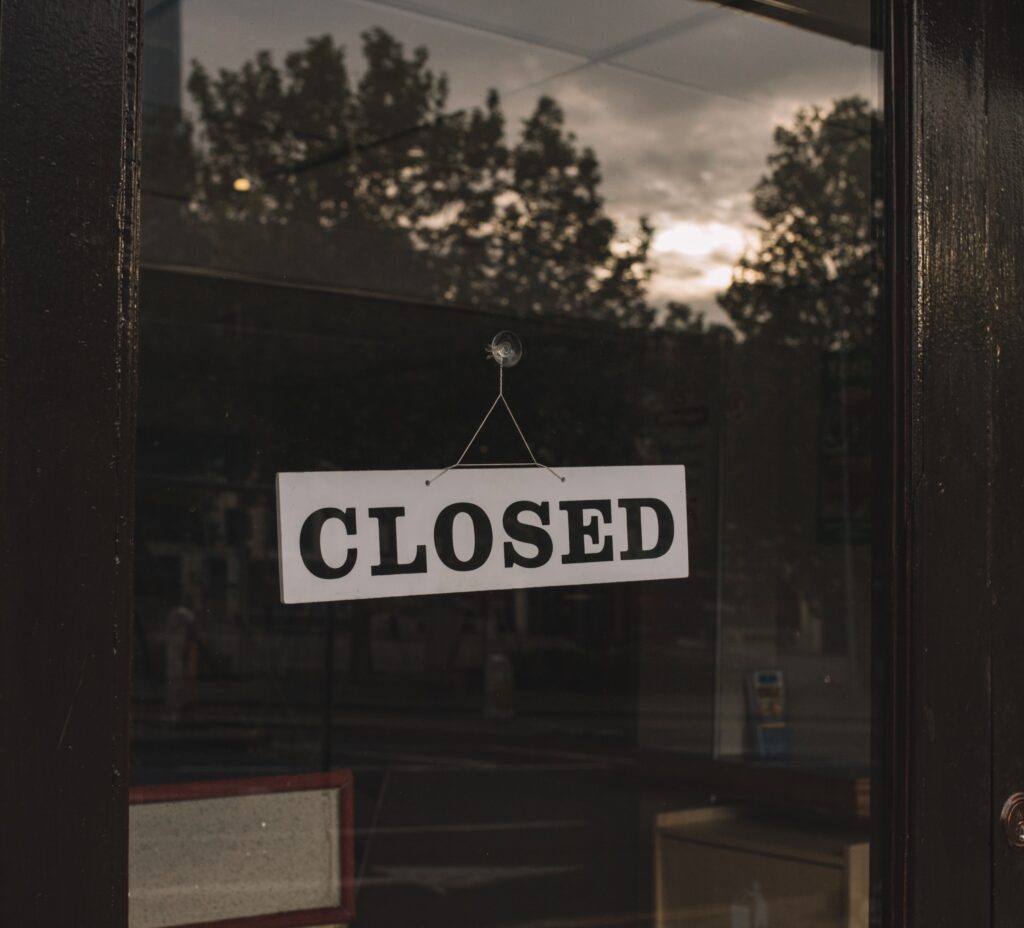
One of the leading causes of restaurant failure is the lack of proper market research and planning. Without a comprehensive understanding of the target audience, competitive landscape, and demand in a specific location, restaurants may struggle to attract customers and generate sustainable revenue.
Effective financial management is paramount for the success of any business, and restaurants are no exception. Poor budgeting, high operating costs, excessive debt, and inadequate cash flow management can quickly drain resources, leaving restaurants unable to cover expenses or invest in growth.
Restaurants thrive on repeat business, and a negative customer experience can spell doom for a new establishment. Factors such as long wait times, poor service, inconsistent food quality, and a lackluster atmosphere can deter customers from returning and tarnish the restaurant’s reputation.
An ill-conceived menu or concept that fails to resonate with the target market can contribute significantly to restaurant failure. It is essential to strike a balance between innovation and meeting customer expectations, ensuring that the menu and concept align with the preferences, dietary trends, and cultural dynamics of the local population.
A lack of effective marketing and branding strategies can make it difficult for a restaurant to gain visibility and attract customers. Failing to invest in targeted advertising, social media presence, public relations, and community engagement can leave a restaurant struggling to differentiate itself in a crowded marketplace.
Smooth and efficient operations are vital for a restaurant’s success. Inadequate staff training, inconsistent food preparation, poor inventory management, and operational bottlenecks can negatively impact service quality, leading to customer dissatisfaction and subsequent failure.
The importance of location cannot be overstated in the restaurant industry. A poorly chosen location, high rent, unfavorable lease terms, or limited parking options can make it challenging for a restaurant to attract foot traffic and generate sufficient revenue.
Restaurants that fail to adapt to evolving consumer preferences, emerging food trends, or technological advancements may find themselves left behind. Stagnation can lead to a loss of relevance and appeal, ultimately resulting in decreased customer interest and financial instability.
Running a successful restaurant requires a careful blend of strategic planning, financial acumen, culinary excellence, exceptional customer service, and effective marketing. By understanding the common pitfalls that contribute to restaurant failure within one year, aspiring restaurateurs can take proactive measures to mitigate these risks and increase their chances of long-term success in this highly competitive industry.
Chef Abdul © Copyright 2024. All rights reserved.
The restaurant industry is known for its cutthroat competition and challenging dynamics. While some eateries flourish and become dining destinations, others struggle and sadly fail within their first year of operation. In this blog, we will delve into the underlying factors that contribute to the high failure rate among restaurants within the crucial initial year.